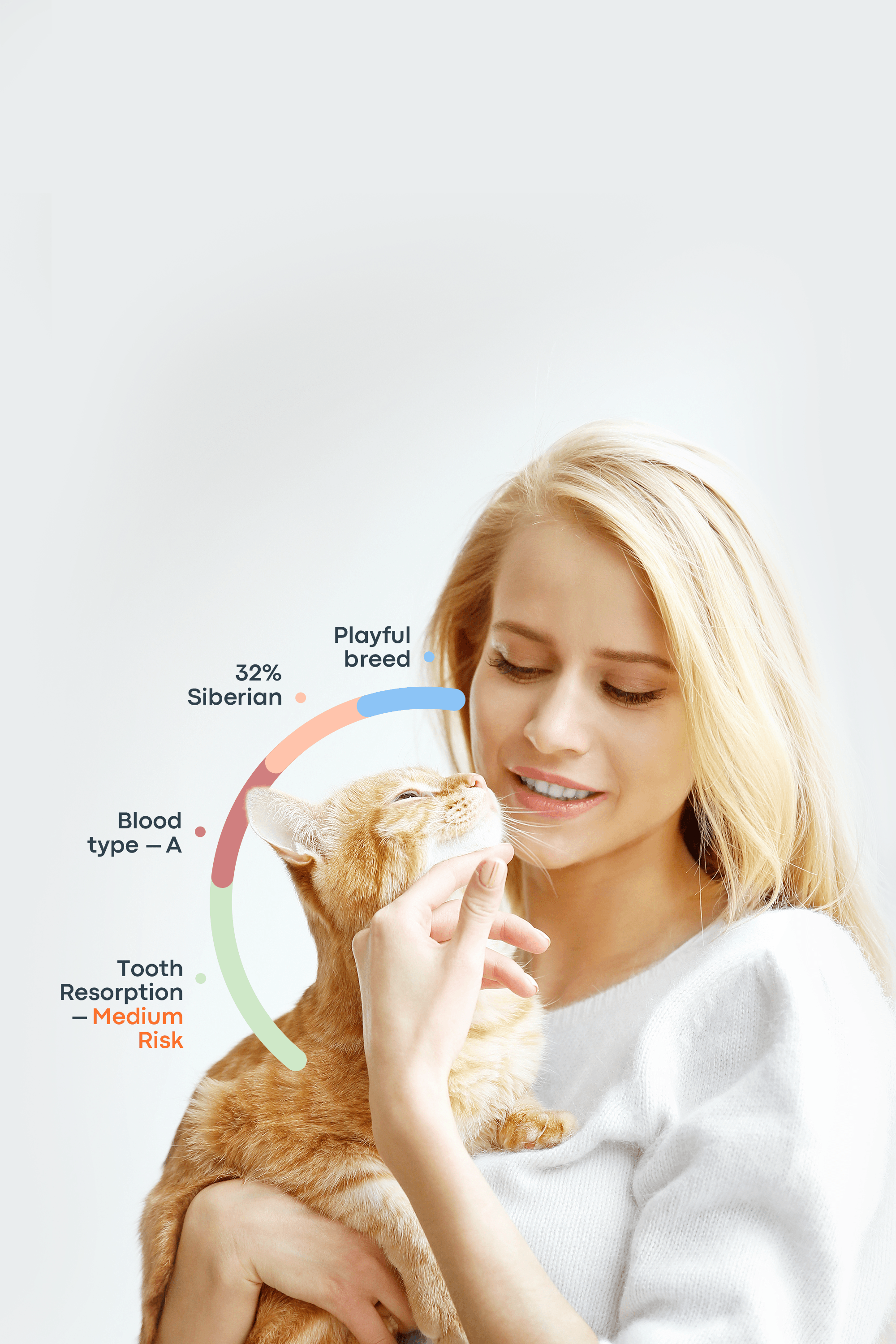Training your dog in basic commands is about more than just teaching commands. It lays the foundation for safer behavior. It also creates a strong bond between the pet and the owner. A well-trained dog is easier to manage, but more than that, they are safer in daily situations. The right tricks to teach your dog can prevent accidents, create a safer, more enjoyable environment, and improve obedience. We will cover 12 essential tricks that help ensure raising a well-mannered, happy companion.
Safety Commands
Stop
The command "stop" is essential to prevent accidents. The command is crucial near roads or crowded places where accidents may occur. On a leash, start walking your dog in a quiet area to teach the command. Use a firm, authoritative voice and say "stop" while gently pulling on the leash and halting their movement. When they pause, reward them with a treat and praise. Once they consistently respond to the command, practice in a busier environment with distractions. If you observe that your dog is struggling to obey in this environment, reinforce the command with hand signals. You can raise an open palm in addition to the command. This command is one of the most effective dog training tricks for ensuring your pet remains safe.
Stay
"Stay" is a reliable command that can prevent a dog from running into unsafe environments, like bolting outdoors or approaching strangers uninvited. Begin with the basic command — “sit” — then say “stay” while holding up your hand. Take a small step back, and reward them if they remain in place. Increase the distance while maintaining eye contact gradually. To reinforce this command, introduce distractions and use a consistent release word like "okay" to signal when they can move again. Easy tricks to teach your dog, like this one, make daily situations easy to manage.
Come
The ability to call your dog immediately can be lifesaving. Start by using an excited voice and saying "come" while kneeling, and do this consistently. Reward your dog generously with a treat when they obey you. Additionally, start practicing in enclosed spaces like a backyard to minimize distractions. If your dog ignores or hesitates to respond to the command, avoid chasing them. Instead, try moving in the opposite direction to encourage them to follow you. This is one of the most essential tricks to teach dogs in outdoor settings.
Household Etiquette Tricks
Place
Teaching your dog to stay at a designated spot, like a bed or crate, creates organized behavior and prevents unwanted behaviors like jumping or begging guests. First, guide them to their spot with a treat, say "place," and reward them when they settle down. Repeat this process and practice positive reinforcement to help strengthen the habit. This practice is an effective way to maintain calm behaviors indoors. Among canine tricks, this is useful for creating a stress-free home.
Wipe Paws
When your dog is an avid fan of mud and water, having muddy paw prints on your newly polished floor is frustrating. But teaching your dog to wipe their paws can reduce the mess and, therefore, the stress. Start by placing a towel on the ground and hide treats underneath them. As your dog paws at the towel, say "wipe" as a verbal cue. Gradually encourage them to step on the towel each time they enter the house, even when not muddy. This strengthens the behavior, especially when reinforced with rewards. Training easy dog tricks like this keeps your home cleaner even when dogs are around.
Quiet (Stop Barking on Command)
Excessive barking is incredibly annoying and disruptive. Teaching them the "quiet" command is an essential skill. To begin, encourage barking by using a trigger first, such as knocking on the door. Once they bark, say the command and give them a treat if they stop. It's essential that you shouldn't reward barking with attention. Reward quiet behavior with treats and praise to encourage calmness. This is one of the most practical dog tricks to teach so you can have a peaceful household.
Grooming and Health Tricks
Stand
The "stand" command is helpful during baths, grooming sessions, or veterinary visits. Begin with a basic command — “sit” — then use a treat to guide them into standing while saying the command. Repeating the process while rewarding them if they obey will help them understand the command. Regular practice makes handling and grooming much more manageable. How do you train a dog for grooming? This trick is a great place to start.
In the Collar
Some dogs resist wearing collars. Hence, leash training becomes difficult. Gradually introducing the collar and using positive reinforcement helps them calm down and feel comfortable. Allow the dog to sniff the collar before putting it around their neck. If they do not resist, reward them. If they resist, distract them with treats and entertain them with play to let them adjust to the sensation.
Shake Paws (Handshake Trick)
One of the most common and simplest but charming tricks is teaching your dog to shake paws. It can make vet visits and nail trims less stressful. Hold your hand with a treat and wait for your dog to place their paw in your palm. Instantly reward them once they do and repeat the process until they understand the gesture. A fun variation of this is training them to do a high five or a wave.
Outdoor Tricks
Heel
Some dogs pull on the leash when walking, making the process exhausting. Teaching them the command "heel" helps them walk silently and calmly beside you. Start by holding treats at your side while walking. Reward your dog if they stay close to you. Gradually increase the duration between treats to practice the behavior. The trick will require patience, but as your dog learns to walk beside you, the walk becomes enjoyable.
Slow Run
For pet owners who love bringing their dogs for a jog, the "slow run" command gives better control over speed. When walking, introduce this command while signaling with your hand and voice to slow down. Reward your dog if they match your pace and continue practicing, so they adopt this behavior and adjust their speed on command.
Jump on Command
The agility and interactive training become more engaging when a dog knows how to jump on command. Start with a low height, use a treat to encourage them to jump, and reward their success. It is important to avoid excessive jumping to prevent joint strain, especially in younger puppies.
Conclusion
Training in essential tricks to teach your dog some positive behaviors goes beyond obedience. It helps ensure their safety, enhances their behavior, and deepens their bond with you. Commands — like “stay,” “come,” and “quiet” — can prevent dangerous situations. Commands — like “place” and “wipe paws” — make managing your household easier. Outdoor skills — like “heel” and “slow run” — create more enjoyable walks, and grooming-related commands simplify handling. It takes patience and consistency to make your dog learn all of these. But once they do, you are raising a well-mannered and happy companion.
To effectively teach your dog essential tricks, you must keep the lessons short and exciting with positive reinforcement. Ensure you end your training sessions on a positive note. Also, constantly assess their learning speed and the value of your rewards when training your dog. This is the first part of our “Dog Tricks” series and here you can find Part 2 and Part 3. Keep on reading to find out more about training your companion in a happy and healthy way.
Frequently Asked Questions
What dog tricks look impressive but are easy to teach?
Shake hands, high five, and spin are simple yet impressive tricks. These commands are easy to teach with patience and positive reinforcement.
What cool tricks can you teach a dog besides the usual sit, down, roll over, and shake hands?
Commands—like fetching (some specific items), playing dead when you say bang, or tidying up by putting their toys back into the box—are more advanced but can be taught.
What are the seven most important dog commands?
The most important dog tricks you can teach include “sit,” “down,” “stay,” “come,” “heel,” “leave it,” and “place.”


